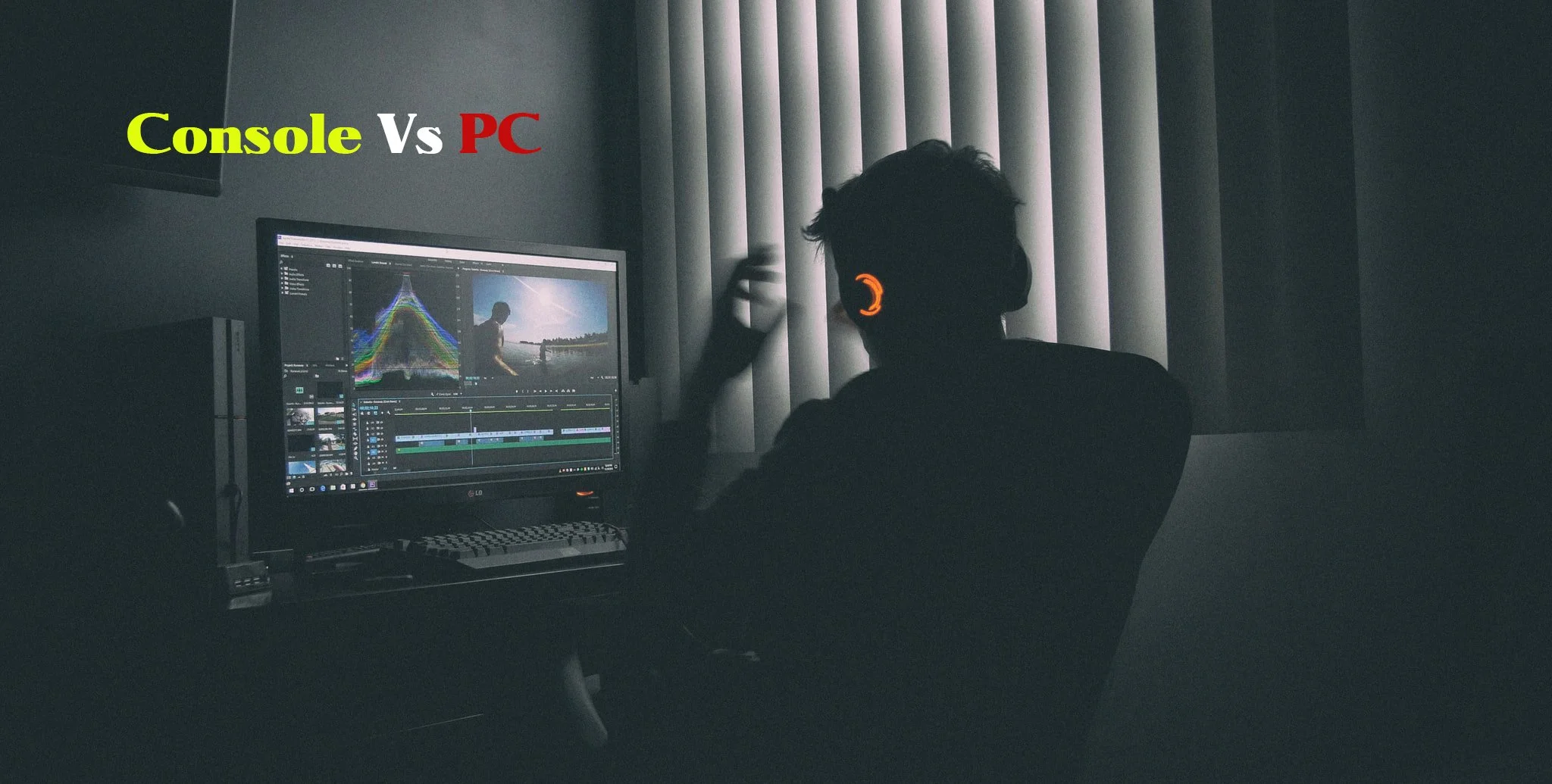The Digital Divide Part 1
When you think about Video Games, it’s a realm in which you can operate in life in a way that
wouldn’t ordinarily do in your everyday life. You can be what you want to be ideally, and if you
don’t like the results, you can try again. However, does everyone have access to the digital
realm?
The Digital Divide is an issue that is interwoven with the issues of poverty, culture, and race.
Then, the financial issues come into play. It is the gap between developed and developing
countries ultimately. The less privileged nations on the spectrum do not have access to
information and communication technology, and this deficiency limits the personal use of the
internet.
So you may ask how this negatively affects opportunities for individuals who are interested in
gaming and/or getting a career in the Esports or gaming industry. In Part 2, we will dive into all
of this. What are the digital inequalities that persist and affect rural communities? Does each
region have the traits to construct its own gaming industry and gaming environment? Doing
searches shows that are there virtual reality and serious gaming can treat mental health problems,
but digital divide is keeping a certain amount of patients away (We will touch upon this in Part
2.) We will talk about how minorities cannot find enough representations in video games.
We are going to explore the symptoms of digital inequality and how it focuses on Esports
inequality, at least in the United States.
The unconstructive effects of not closing the digital divide on developing nations can only
increase as the gaming market and Esports comes to rely more on ICT. How do we narrow this
gap ICT? It’s looking like citizens of developing nations will need access to training and
education. However, providing these resources can be expensive and difficult for fledgling
education systems, which we will cover in Part 2.






